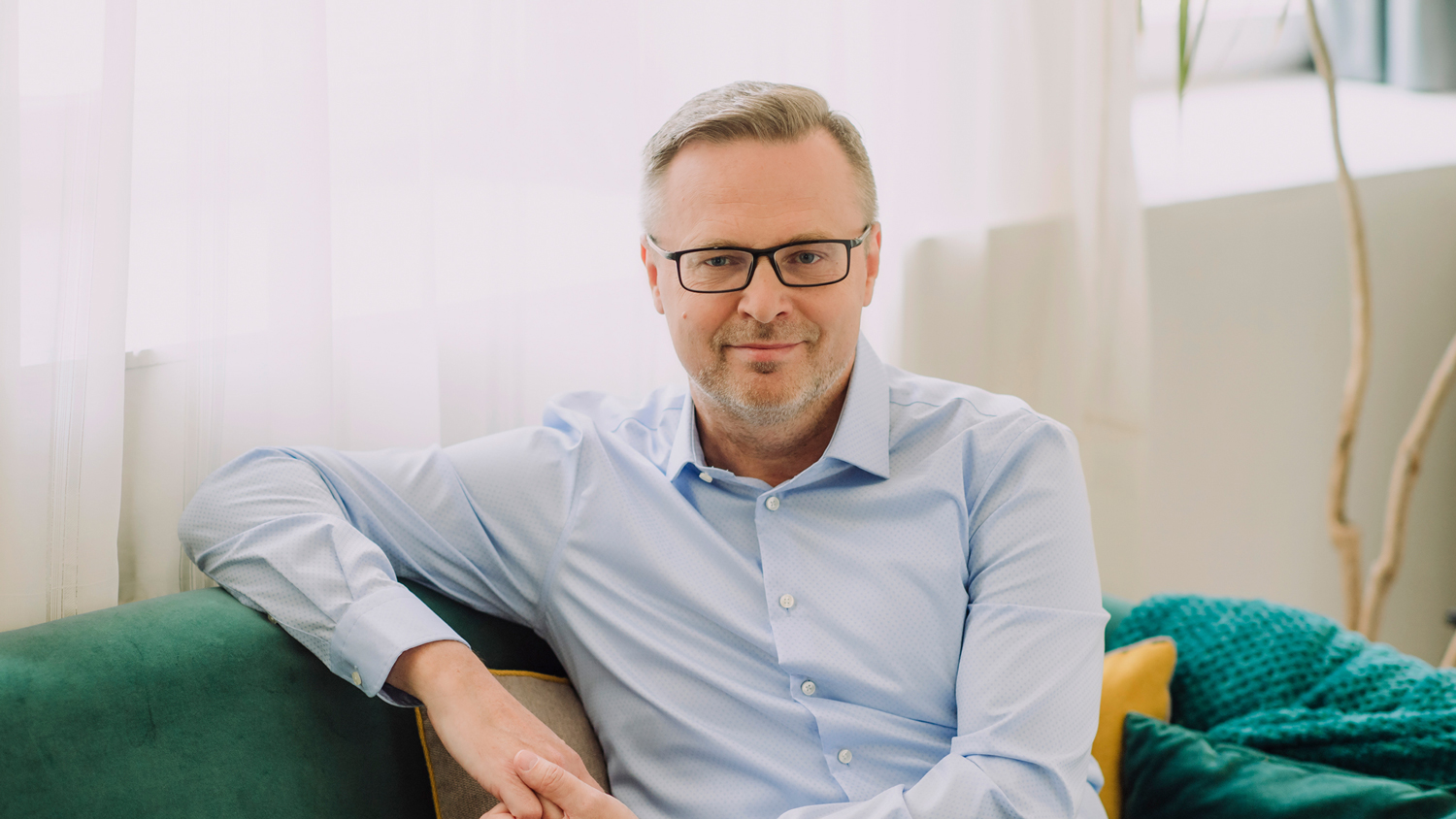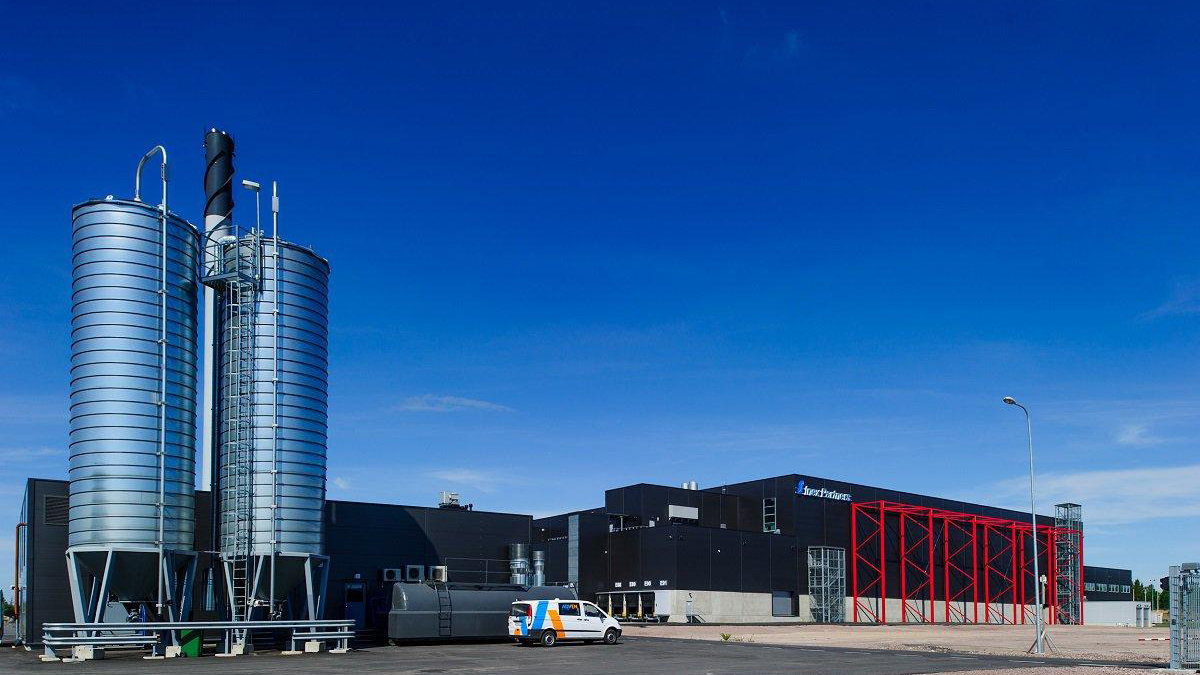According to Kaie Kriiska, Sustainability Advisor of the SEB Business Segment, when assessing the credit risk of corporate loans, the company’s impact on the environment as well as how sustainability risks could impact a company’s financial performance will be considered. SEB is also a co-organiser of Impact Day 2023.
Which will come first, referral by the company or consumer expectation?
The need for sustainable business activities often comes through value chain, changes in market sentiment, and higher stakeholder expectations. Ideally, however, the need and the will to change should come from within the company, under the leadership of responsible business-minded management team. The reality we often see is rather that sustainability issues are addressed primarily because of external pressures and pragmatic reasons, such as energy savings. Companies’ current business models are also being adapted to maintain overall competitiveness when the sector as a whole has already ‘moved on’, such as in the energy sector, where the share of renewables and green energy is growing strongly. There is also a growing demand for green products and services in both national and international procurements.
Can you give practical examples from the business world?
We have several examples of Estonian companies confirming the direct positive business impact of sustainability. Particularly in recent years during the energy and Covid crisis. For example, companies that installed solar panels were able to save costs on electricity produced during past periods of extremely high electricity prices. At a recent EAS/KredEx Joint Agency seminar, a company manufacturing process equipment for high impact industries gave the example of a significant increase in the proportion of customers in their portfolio who value sustainable business practices, who stayed with them through the crises of recent years largely due to common values and are also setting the stage for strong growth in the future.
More forward-thinking companies, such as Estiko-Plastar, have come so far with their sustainability targets, carbon footprint assessment, and communication that they can accurately tell each customer the total carbon emissions of an order based on the product and volume purchased. This, in turn, raises awareness among their partners and customers and increases the transparency of climate impact across the scope 3 i.e. the corporate value chain. However, they note that sustainable activities, such as the introduction of new production lines and more sustainable materials, or the development and certification of more environmentally friendly products, will initially lead to higher costs. But at the same time, the demand and purchasing curve for more sustainable products shows an accelerating upward trend, which in turn gives motivation to continue these investments.
How is the risk assessment of companies changing?
Traditionally, financial indicators as well as governance issues have had the greatest weight in the risk assessment of companies. The transparency of the company’s operations and financial reporting were also assessed. As a recent trend, new sustainability regulatory requirements and environmental impacts, including climate, biodiversity, and freshwater issues, have become very relevant through the principle of double materiality, which means that the impact of a company’s operations on the environment and society as well as the impact of climate change, market changes, and new regulatory requirements on the company’s profitability, cash flow, and asset value in the future must be analysed.
In addition, the European Central Bank and the Banking Supervision Organisations have obliged financial institutions to take into account the borrower’s ESG indicators in the corporate loan credit appraisal process, which is why banks are also starting to ask companies about their environmental, social, and management risks.
How have businesses dealt with these changes? How have they adapted?
The vast majority of companies are still adapting to the green transition, market changes, and new regulatory requirements. In this respect, large companies are certainly more aware, proactive, and therefore react more quickly than small and medium-sized enterprises (SMEs). Large companies often already have an experience in reporting non-financial information and ESG indicators through various mandatory or voluntary frameworks, e.g. the Global Reporting Initiative (GRI), the Carbon Disclosure Project (CDP), Science-based Targets (SBT), the United Nations Sustainable Development Goals (SDGs), etc. Larger companies also have more human and financial resources to address the ESG topic systematically.
At the same time, the vast majority of green investments by large companies are also related to improving energy and resource efficiency (e.g. rooftop solar panels, use of the best available technology, etc.), which have direct financial benefits. But ESG is also seen as a way to mitigate physical, regulatory and legal risks, attract talents and boost employee motivation, tap new markets and expand into existing ones, and therefore create a competitive advantage in the long term.
What is different about the attitudes and expectations of SMEs and large companies?
Large companies are undoubtedly under more pressure from the outside – e.g. there is more public interest, especially listed companies have high investors’ expectations, stricter regulatory requirements (e.g. sustainability disclosure reporting), etc., which has led to a greater uptake of the ESG issues by large companies. But at some point, these issues will reach SMEs through the whole business environment and supply chain – through the pressure of business partners, public procurement, banks, employees, and consumers. Every business is deeply intertwined with environmental, social, and governance concerns, meaning that ESG is no longer merely a soft topic to be dealt with just for show – integrating sustainability into your business strategy and daily activities is the basis for staying competitive.




